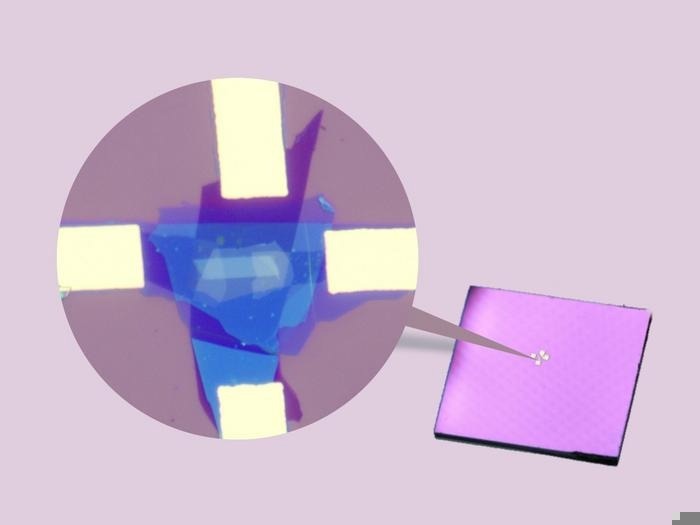Reviewed by Lexie CornerJun 7 2024
In a study published in Science, researchers at the Chinese Academy of Sciences’ Ningbo Institute of Materials Technology and Engineering (NIMTE) collaborated with research groups from China’s University of Electronic Science and Technology and Fudan University to create a fatigue-free ferroelectric material based on sliding ferroelectricity.
 The sliding ferroelectricity endows ferroelectric materials with fatigue-free features. Image Credit: NIMTE
The sliding ferroelectricity endows ferroelectric materials with fatigue-free features. Image Credit: NIMTE
Ferroelectric materials feature switchable spontaneous polarization that could be reversed by an external electric field and have been widely used in non-volatile memory, sensing, and energy conversion applications.
Due to the inherent ionic motion of ferroelectric switching, ferroelectric polarization fatigue arises inevitably as the number of polarization reversal cycles grows. This can cause performance decline and device failure, limiting ferroelectric materials’ practical applicability.
To address the fatigue issue, the researchers created a ferroelectric system based on sliding ferroelectricity. They used the chemical vapor transport approach to construct a bilayer 3R-MoS2 dual-gate device.
After 106 switching cycles with pulse widths ranging from 1 ms to 100 ms, the ferroelectric polarization dipoles exhibited no loss, suggesting that the device’s memory performance was maintained.
Compared to commercial ferroelectric devices, this device has a superior total stress time of 105 s in an electric field, indicating outstanding endurance.
Theoretical calculations using a unique machine-learning potential model indicated that the fatigue-free property of sliding ferroelectricity is due to its immobile charged defects.
The study proposes a novel solution to the problem of performance deterioration in traditional ferroelectrics.
The study was supported by the National Natural Science Foundation of China and the Zhejiang Provincial Natural Science Foundation of China, among others.
Journal Reference:
Bian, R., et al. (2024) Developing fatigue-resistant ferroelectrics using interlayer sliding switching. Science. doi:10.1126/science.ado1744